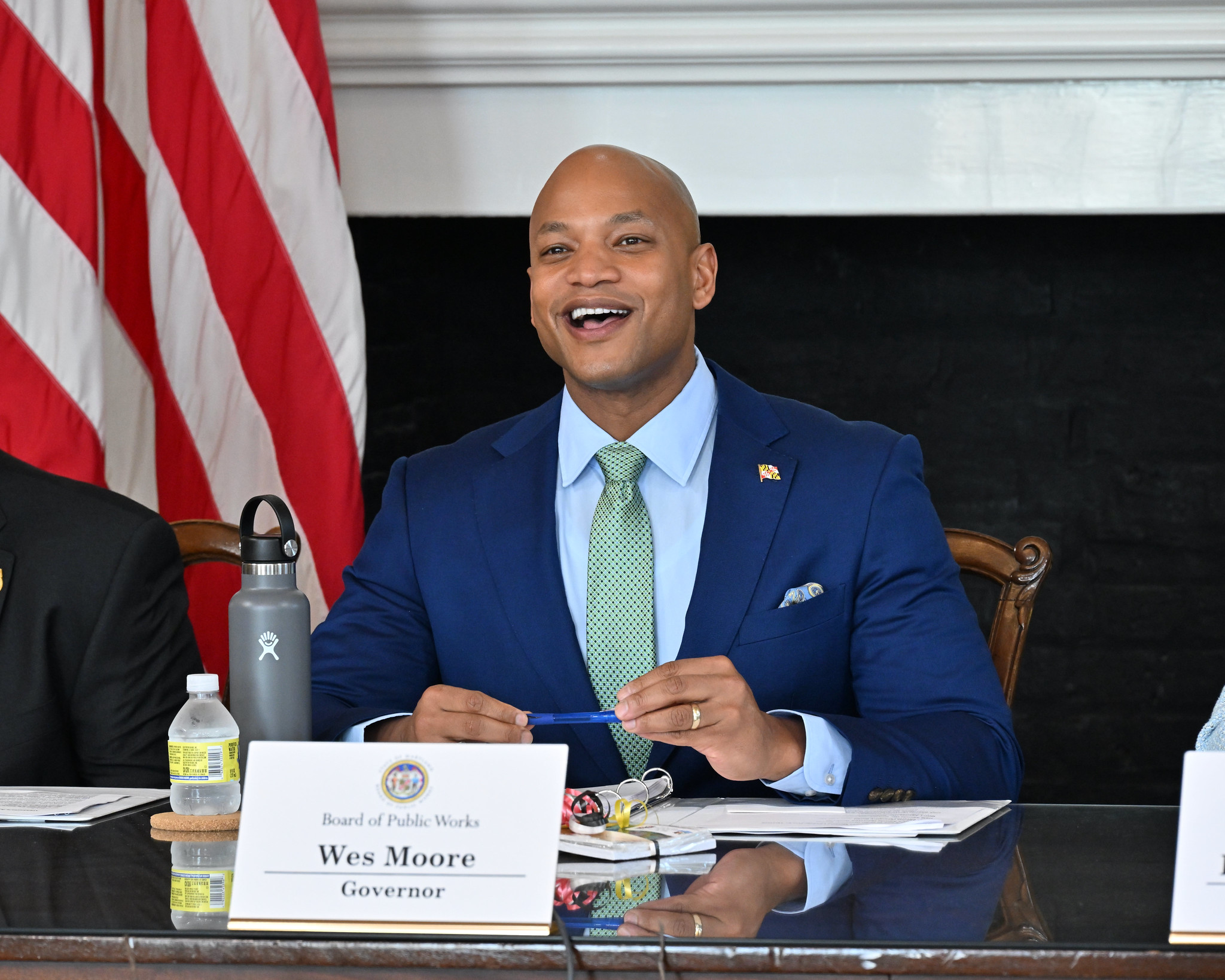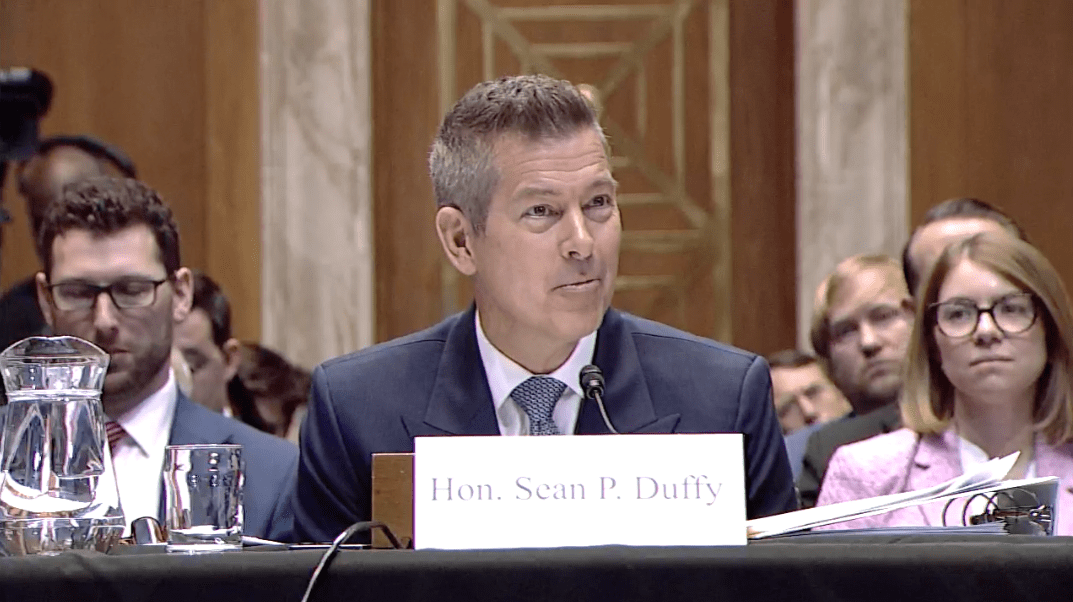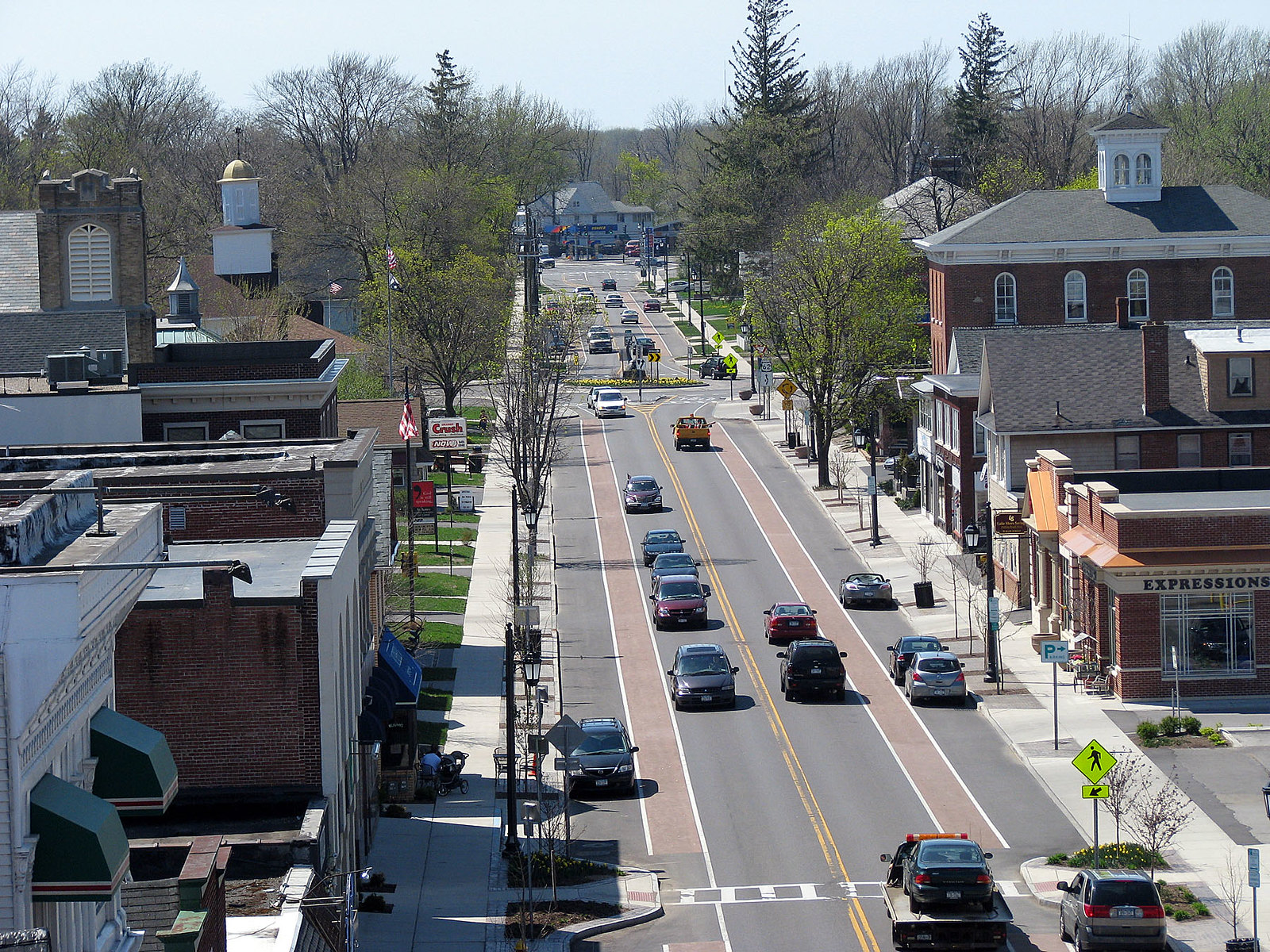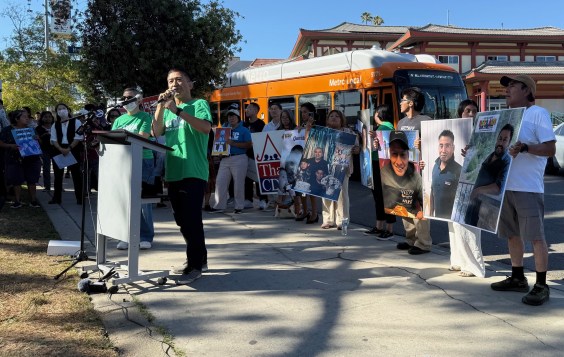The governor of Maryland has pledged to make reducing how much his residents drives a front-line climate strategy — and advocates hope other state leaders will follow suit.
On Tuesday, Gov. Wes Moore issued an executive order requiring state agencies to implement a raft of new measures to reduce greenhouse gas emissions, including to "establish specific annual greenhouse gas and vehicle miles traveled reduction targets for the transportation sector."
That move solidifies a key requirement outlined in the state's new Climate Pollution Reduction Plan, which in December proposed a goal of reducing VMT 20 percent by 2050 in order to put Maryland on track to cut overall emissions 60 percent by 2031. Officials justified the move as critical "in light of projected budget challenges," and committed to "focus on funding transportation projects that reduce dependence on single-occupancy vehicles."
Advocates stress that there's another good reason to put VMT reduction strategies first: because we can't stop the worst of climate change without them. Study after study after study has shown that it is nearly impossible to meet the transportation sector decarbonization goals of the Paris Climate Accords by simply switching internal combustion engines for batteries, especially in light of skyrocketing vehicle prices that are slowing the rate at which drivers replace their dirty cars.
As significant as Maryland's move is, it's only the latest entry to a small but growing list of states that have recognized the urgency of reducing how much their residents drive. Connecticut governor Ned Lamont issued a similar executive order back in 2021; the New York State legislature is currently mulling a VMT reduction measure of its own.
Minnesota, meanwhile, made cutting mileage the centerpiece of its climate strategy last year, requiring its department of transportation to either cancel road projects that promise to put more drivers on the road, or mitigate their impacts with investments in things like transit, bicycle infrastructure, and pedestrian safety.
Colorado, for its part, recently scrapped not one but two major highway projects in light of a new climate law, a move which New York Times reporter Megan Kimble recently called "a new vision for the future of transportation planning."
Most people don’t want to have a 45-minute commute each way. Coloradans do it out of necessity. Creating more frequent transit and housing opportunities that people can afford closer to job centers means less travel in a car, reduced emissions, and less time lost in traffic. Our… pic.twitter.com/Sl3Cy13Lg5
— Governor Jared Polis (@GovofCO) June 4, 2024
It's not clear whether Moore's order will force Maryland to cancel highway expansions — though another policy currently under consideration in the legislature would. It's also not clear how the legislature will actually fund the infrastructure improvements and land use changes that might give Free Staters good alternatives to driving, especially considering the $3.3-billion budget shortfall with which the transportation agency is current grappling.
And it also isn't clear what the future is for destructive auto-centric projects that Moore has already rubber-stamped.
"This is a promising sign, but if Governor Moore wants to reduce VMT, simply telling MDOT to do that isn't enough," said Dan Reed, regional policy director for Greater Greater Washington. "He needs to cancel the widening of 495 and 270 that his predecessor Governor Hogan started, at a minimum."
Still, if Maryland can solve that puzzle, the results for the planet and local residents will be massive. Analysts at RMI recently estimated that if the state can meet its 2050 VMT reduction goal, it would eliminate 78 million metric tons of greenhouse gasses, save 1,422 lives that would have otherwise been lost to car crashes and pollution-related diseases every year, and put an average of $3,271 in avoided fuel, maintenance and vehicle depreciation costs back in the pockets of local households annually.
"Gov. Moore joins the growing list of governors on both sides of the aisle who understand that expanding clean and affordable transportation choices requires bold and target-driven policy solutions," added Miguel Moravec of RMI, who helped conduct that analysis. "[His] support of VMT targets speaks to the national reality that we’ll need both electrification and mode shift to unlock the benefits of a climate-aligned transportation system."
This story has been updated with additional comments from Greater Greater Washington.






